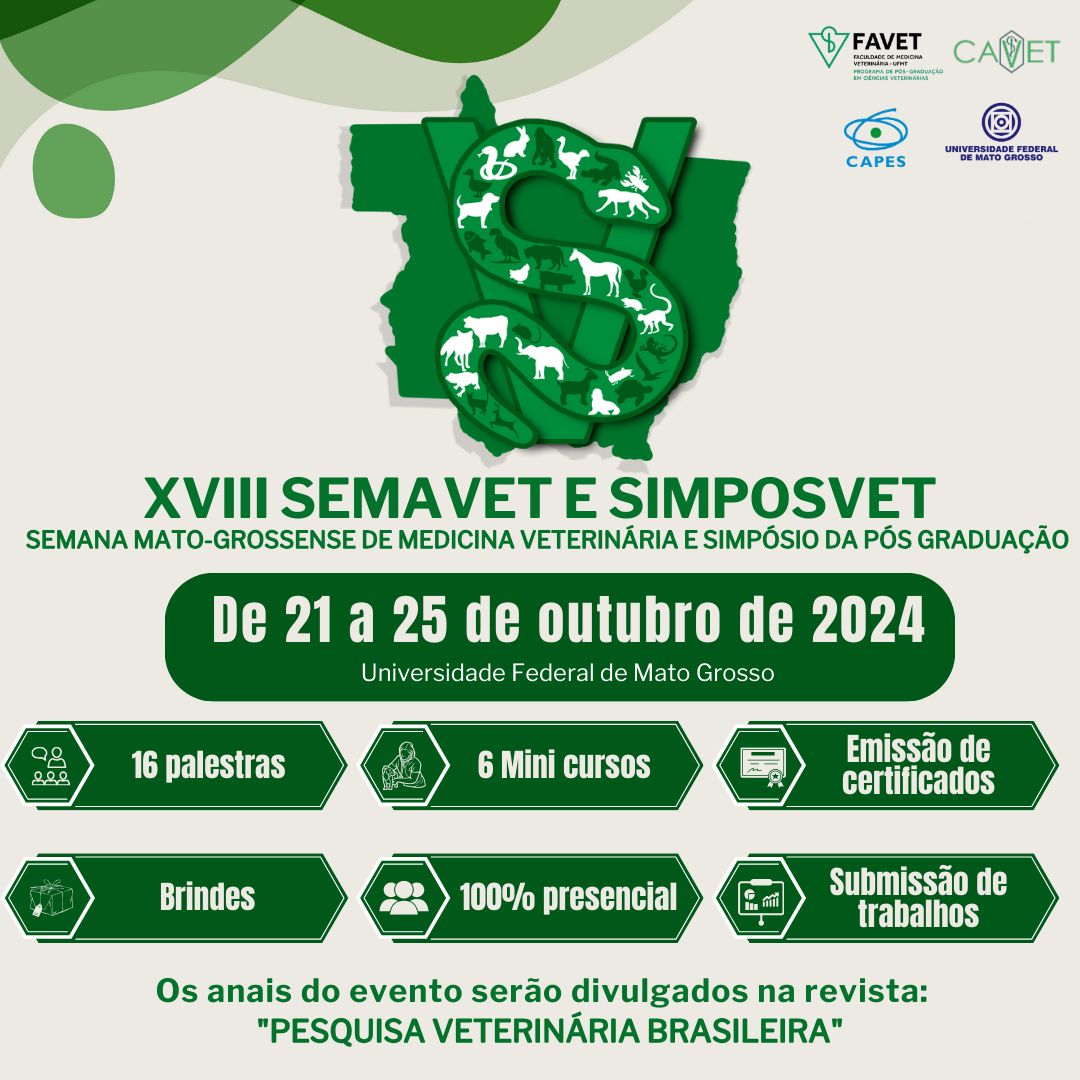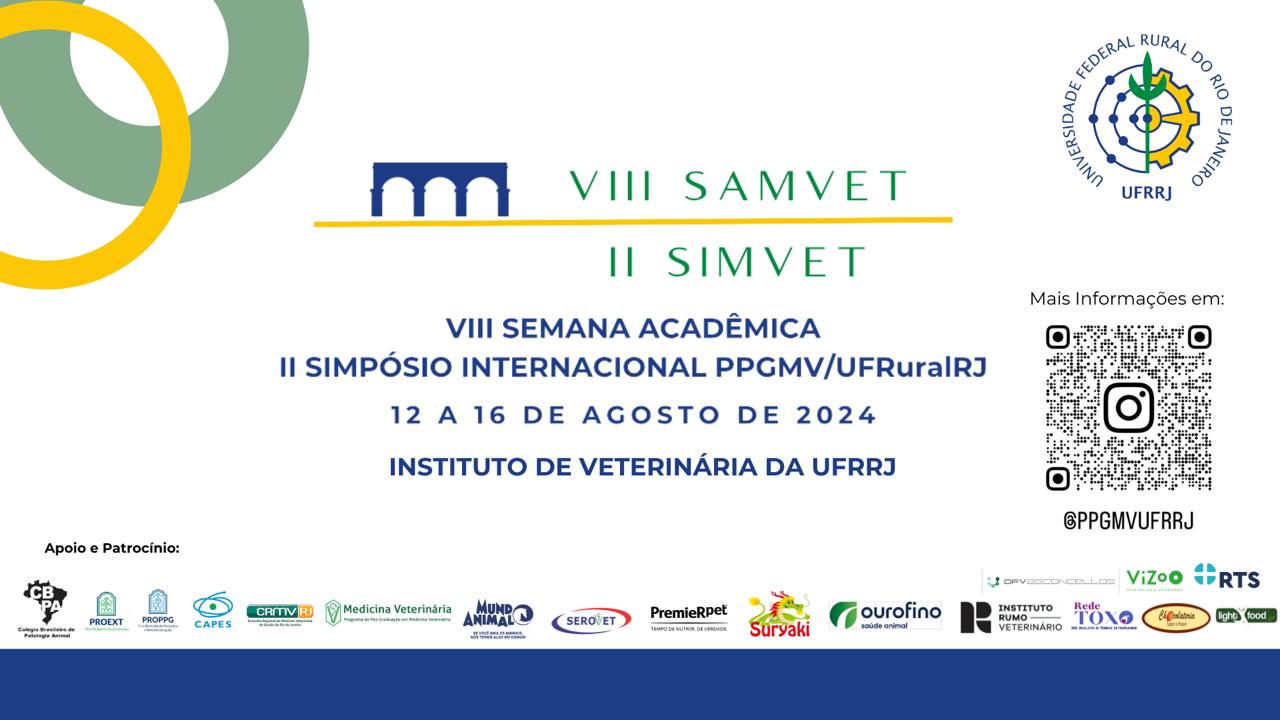Resultado da pesquisa (1)
Termo utilizado na pesquisa Kuchiishi S.S.
#1 - Evaluation of the reagent test strips and microscopic examination of urine in the diagnosis of urinary tract infection in sows, 33(9):1103-1108
Abstract in English:
ABSTRACT.- Mazutti K., Locatelli-Dittrich R., Lunardon I., Kuchiishi S.S., Lara A.C., Zotti E. & Alberton G.C. 2013. Evaluation of the reagent test strips and microscopic examination of urine in the diagnosis of urinary tract infection in sows. Pesquisa Veterinária Brasileira 33(9):1103-1108. Curso de Medicina Veterinária, Escola de Ciências Agrárias e Medicina Veterinária, Pontifícia Universidade Católica do Paraná, Campus Curitiba, Rua Imaculada Conceição 1155, Prado Velho, Curitiba, PR 80215-901, Brazil. E-mail: kelly.mazutti@pucpr.br
The diagnosis of the urinary tract infection (UTI) in sows is usually performed by using reagent test strips, since it is a fast and practical method, and capable of being done at the farm. The microscopic examination of the urine is rarely used at the farm since it is a more time consuming and difficult technique. However, there are no studies on the accuracy of those two techniques for the UTI diagnosis on this species. This study aims to assess the accuracy of the reagent test strip and the urine microscopic examination in the diagnosis of ITU in sows, comparing them with the bacteriological examination of urine. In order to select the sows for this study, a chemical reagent test strip was carried out previously and a total of 139 sows were selected, 66 sows of which showed positivity to nitrite in the reagent test strip and 73 without nitrituria. Then, the next day, a new sample collection for performing a complete urinalysis was carried out from those 139 sows, which included physical, chemical, microscopic and microbiological examination of these urine samples. The results revealed that the nitrite test of the reagent strip showed 100% of specificity and 93% of sensitivity. The specificity of the microscopic examination for bacteriuria was 82% and the sensitivity was 100%. The UTI diagnosis by using reagent strips and/or the urine sediment test is reliable if compared to the urine bacteriological examination, which makes possible the rapid diagnosis of UTI in sows at the farm.
Abstract in Portuguese:
RESUMO.- Mazutti K., Locatelli-Dittrich R., Lunardon I., Kuchiishi S.S., Lara A.C., Zotti E. & Alberton G.C. 2013. Evaluation of the reagent test strips and microscopic examination of urine in the diagnosis of urinary tract infection in sows. [Precisão da tira reagente e do exame microscópico da urina no diagnóstico de infecções do trato urinário em porcas.] Pesquisa Veterinária Brasileira 33(9):1103-1108. Curso de Medicina Veterinária, Escola de Ciências Agrárias e Medicina Veterinária, Pontifícia Universidade Católica do Paraná, Campus Curitiba, Rua Imaculada Conceição 1155, Prado Velho, Curitiba, PR 80215-901, Brazil. E-mail: kelly.mazutti@pucpr.br
O diagnóstico de infecção do trato urinário (ITU) em porcas geralmente é feito com o auxílio de tiras reagentes, por ser um método rápido, prático e passível de ser realizado na própria granja. O exame microscópico da urina raramente é utilizado em granjas por ser uma técnica mais demorada e trabalhosa. No entanto, não existem estudos sobre a precisão destas duas técnicas no diagnóstico de ITU nesta espécie. O objetivo deste estudo foi avaliar a precisão da tira reagente e do exame microscópico da urina no diagnóstico de ITU em porcas, comparando-os com o exame bacteriológico da urina. Para selecionar as porcas que iriam compor o estudo foi realizado um exame químico prévio com tira reagente, do qual foram selecionadas 139 porcas, 66 positivas para nitrito na tira reagente e 73 negativas. No dia seguinte foi realizada uma nova coleta de urina destas 139 porcas para realização da urinálise completa, que incluiu os exames físico, químico, microscópico e microbiológico destas amostras de urina. Os resultados demonstraram que a prova de nitrito da tira reagente apresentou 100% de especificidade e 93% de sensibilidade. A especificidade do exame microscópico para bacteriúria foi de 82% e a sensibilidade de 100%. O diagnóstico de ITU com o uso de tiras reagentes e/ou com exame microscópico da urina é confiável, quando comparado com o exame bacteriológico da urina, o que torna possível o diagnóstico rápido de ITU em porcas na granja.












